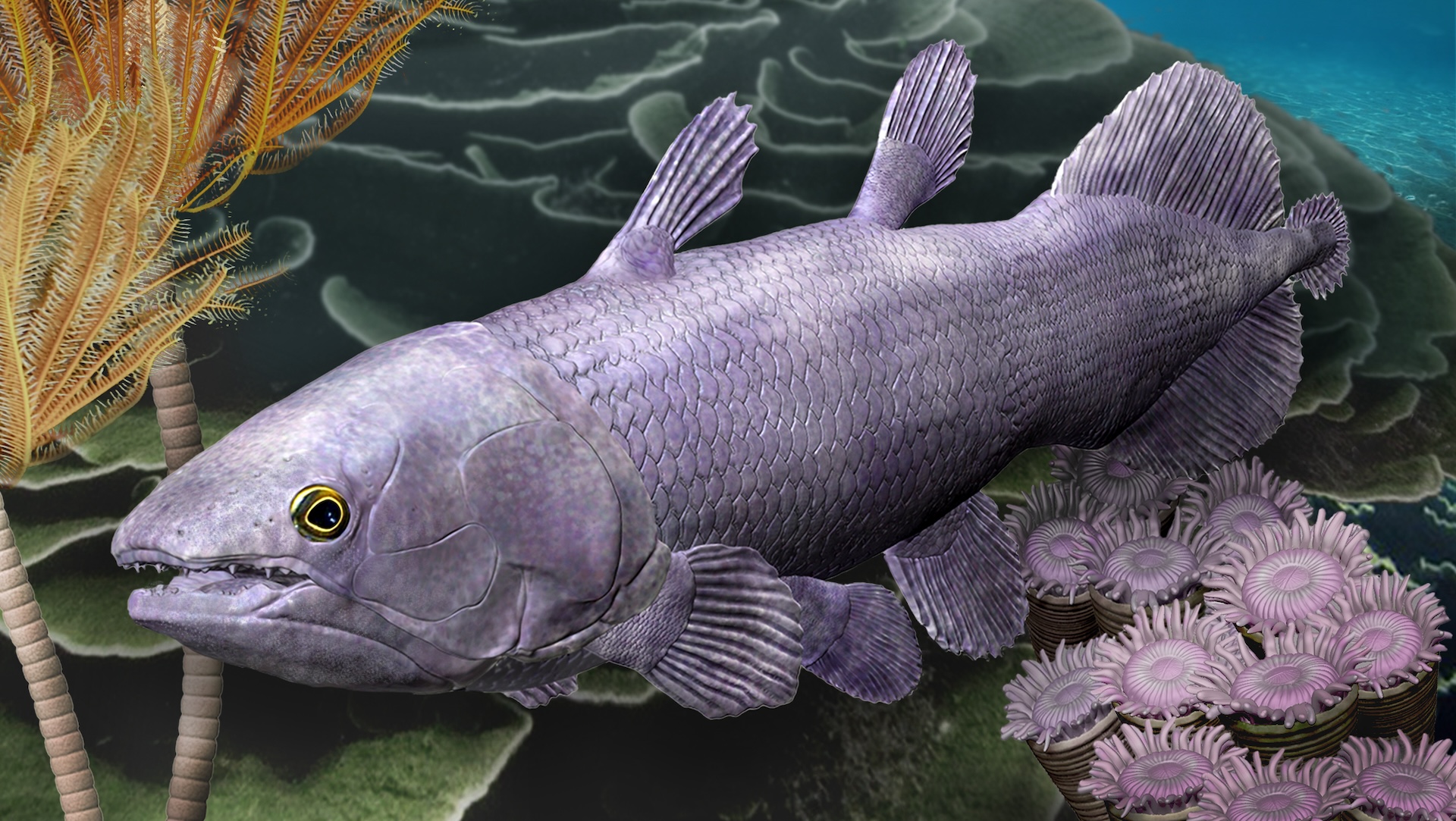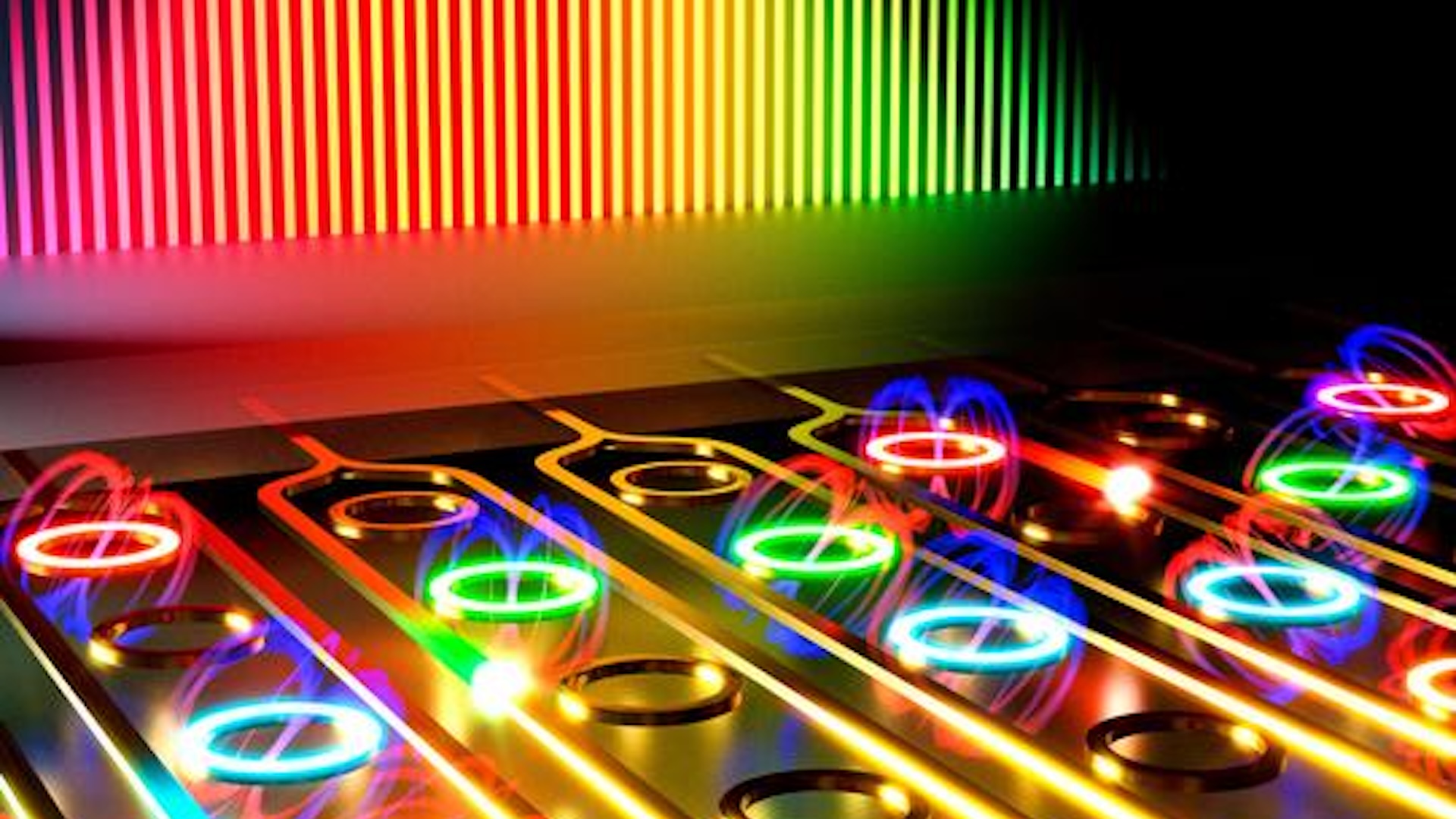Plants, Vol. 12, Pages 2212: Microscopical Analysis of Autofluorescence as a Complementary and Useful Method to Assess Differences in Anatomy and Structural Distribution Underlying Evolutive Variation in Loss of Seed Dispersal in Common Bean
Plants doi: 10.3390/plants12112212
Authors: Ana M. Santos Ana M. González Juan De Dios Alche Marta Santalla
The common bean has received attention as a model plant for legume studies, but little information is available about the morphology of its pods and the relation of this morphology to the loss of seed dispersal and/or the pod string, which are key agronomic traits of legume domestication. Dehiscence is related to the pod morphology and anatomy of pod tissues because of the weakening of the dorsal and ventral dehiscence zones and the tensions of the pod walls. These tensions are produced by the differential mechanical properties of lignified and non-lignified tissues and changes in turgor associated with fruit maturation. In this research, we histologically studied the dehiscence zone of the ventral and dorsal sutures of the pod in two contrasting genotypes for the dehiscence and string, by comparing different histochemical methods with autofluorescence. We found that the secondary cell wall modifications of the ventral suture of the pod were clearly different between the dehiscence-susceptible and stringy PHA1037 and the dehiscence-resistant and stringless PHA0595 genotypes. The susceptible genotype had cells of bundle caps arranged in a more easily breakable bowtie knot shape. The resistant genotype had a larger vascular bundle area and larger fibre cap cells (FCCs), and due to their thickness, the external valve margin cells were significantly stronger than those from PHA1037. Our findings suggest that the FCC area, and the cell arrangement in the bundle cap, might be partial structures involved in the pod dehiscence of the common bean. The autofluorescence pattern at the ventral suture allowed us to quickly identify the dehiscent phenotype and gain a better understanding of cell wall tissue modifications that took place along the bean’s evolution, which had an impact on crop improvement. We report a simple autofluorescence protocol to reliably identify secondary cell wall organization and its relationship to the dehiscence and string in the common bean.

 1 year ago
34
1 year ago
34


